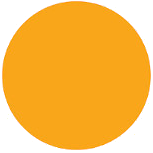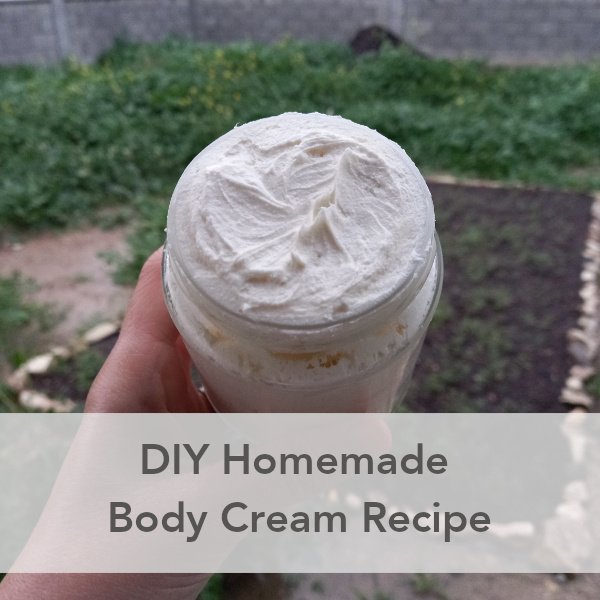Zero Waste Hair Care and The No Poo Method
What Is The No Poo Method?
No poo literally means no shampoo. It means using natural ingredients to wash your hair like oils, clay, baking soda, vinegar etc.
Why Did I Want To Try No Poo?
I was about a year into my zero waste journey and I’d started to notice how many plastic bottles we had in the shower and also how many unnatural ingredients there were in our shampoos.
So to try and be a bit more sustainable in our everyday lives, I started switching our shampoo bottles for solid shampoo instead but I’d heard about the no poo method and really wanted to give it a go.
My initial goal was to get to a point where I could just wash my hair with water. Can you imagine?! It would be so liberating and easy and would save loads of money too. Unfortunately, it didn’t turn out that way for me but don’t let this put you off trying. Everyones hair is different, everyones water is different so it could work for you.
What I Tried
My no poo journey lasted about 4 years before I settled on my current routine. I tried various different methods (listed below) which was key to finding out what worked best for me and my hair. I also shaved my hair before starting which gave my hair and scalp time to get used to no shampoo thus avoiding having horrible looking hair to begin with. Another thing to note here is that I began my no poo journey when I was living in a soft water area and ended the journey in a hard water area.
This was 4 months after shaving my hair and using water only.
More About Natural Beauty
No Poo Method Recipes
Water Only
This was the first option I tried. Like I said, my plan was to be water only so it made sense to start with this.
What‘s the method?
Just as it sounds, I would simply wash with just water and nothing else plus give my scalp a nice massage whilst under the water. I loved it! It was truly liberating.
Why did I stop?
This was great whilst my hair was short but it began not to work so well when my hair got longer so I moved onto the next thing.
Baking Soda and Vinegar
This worked really well for me when I tried it as I had soft water at the time and short hair which made it easy to use. This method doesn’t work so well in hard water and it can eventually damage your hair so be careful.
What’s the method?
You need to prepare two mixtures. Your bicarb mixture and your acid mixture. Mix 1 tbs of bicarb into 250ml of water. Then separately mix 1 tbs of your chosen acid (I used apple cider vinegar) into 250ml of water. Wet your hair first, then apply the bicarb mixture trying to get it to your roots only. Leave it for a couple of minutes and rinse out really well. Then apply the acid mixture, leave for a couple of minutes and rinse out.
Why did I stop?
My hair began to get really dry and I was worried about damaging my hair.
Chickpea Flour
This sounds odd and at first I couldn’t get my head around washing my hair with flour but it’s actually really nice to try and I managed to do this for a good few months.
What’s the method?
Again you need two mixtures. The chickpea mixture and ac acid mixture as above. I used 1 tbs of chickpea flour mixed into a paste with some water, just enough to make it easy to apply. Begin with wet hair and apply the mixture making sure to get it evenly spread around your scalp and on your hair. Leave for a couple of minutes and rinse out thoroughly. Then rinse again with the same acid rinse as before and rinse out.
Why did I stop?
I love this method. Unfortunately, it became too drying and cause my hair to produce more sebum.
Water Only (again!) But Different
At this point we moved to a hard water area and I tried to go water only again but with a different method. It didn’t work :)
What was my method?
I’d heard about the towel method and wanted to give it a go. The idea is that you wash with just water like in the first method I tried and then when you get out the shower you remove the excess water with a towel. This involves wiping your hair down with the towel about 200 times. The ‘towel’ isn’t a normal towel though, it needs to be either 100% cotton or a microfibre cloth. I didn’t want to use microfibre so I opted for 100% cotton cloth. Here is a video that I followed which shows how to do the towel method.
In addition to this I began scritching and preening. Here is the video I followed for how to scritch and preen but I used a Tampico hair brush for the preening to make it easier. It is usually recommended to use a Boar bristle brush but being vegan I didn’t want to invest in one of those and I found this Tampico hair brush as a vegan version that has similar bristles.Why did I stop?
I tried this for about a month but it didn’t seem to work for me. Maybe the microfibre cloth would have worked better but I preferred to try something else rather than use microfibre.
The Washcloth Method
I was determined to try every water only method I could :) so in came the washcloth method.
What’s the method?
Again, you need either a microfibre or cotton cloth, something smooth that won’t catch your hair. Wet your hair in the shower, wet your cloth and use the cloth to wipe your hair whilst under the water. The aim is to remove dirt and sebum from your hair with the cloth and the water.
Why did I stop?
It didn’t work for me. Unfortunately, the hard water was making my hair too sticky and this method wasn’t removing that stickiness. This method can also be damaging to your hair so be very careful if you try this method. Don’t wipe/pull too hard and don’t use a rough cloth or something that is likely to catch.
Acid Only
It was safe to say at this point that my water only dream was over :) I needed to try something that would remove the hard water stickiness and based on my research an acid only approach was worth a try.
What’s the method?
Choose an acid. There are various options out there to try for an acid rinse. It can be white vinegar, apple cider vinegar, lemon, lime, raw apple juice, black tea, coffee or a herbal tea (there are loads of teas to try). I tried two different ones. Rice water and mint tea.
Rice water: Rinse 1/2 cup of rice with water to wash out any dirt or grit. Then soak the rice in 2-3 cups of water for about 30 mins. Then use this as a rinse in the shower.Mint tea: Make a normal mug of mint tea like you would if you were going to drink it. Once it has cooled add another mug of water and it’s ready to use as a rinse in the shower.
Why did I stop?
I really enjoyed the mint tea. It made my head feel so refreshed but it didn’t remove the stickiness from the hard water.
Lemon and Cucumber
This sounded amazing and refreshing so I wanted to give it a try. It has both an acid and alkaline making it a ph balanced wash. It was worth a go.
What’s the method?
Peel a 3-4 cm piece of cucumber and put it in a blender with the juice of a lemon and a bit of water. Blend it up and use it as a normal shampoo.
Why did I stop?
It was so nice to make and put on my hair but again it didn’t do much for the hard water.
How I Wash My Hair Now
Shikakai
The hard water was becoming a problem. Nothing seemed to be working and I really didn’t want to go back to normal shampoo. I had read that Shikakai is a good option for hard water areas but there was one problem; I couldn’t find Shikakai plastic free. I decided that I would prefer to try this rather than go back to normal shampoo that is full of ingredients that I don’t understand.
What is Shikakai?
Also known as Acacia Concinna, it is an ayurvedic plant native to central India. It has been used as a hair cleanser for generations.
What’s the method?
I use 1-2 tbs (depending on the length of my hair) of Shikakai mixed in just enough boiling water to make a paste. Leave it for 20 mins for all the saponins to be released. I wet my hair in the shower and apply the paste evenly over my scalp. Massage it in my scalp and use the excess to smooth over my hair. Tie my hair up into a bun and leave in whilst I wash my body. Rinse out thoroughly. Even though this is a ph balanced wash I find that I still need an acid rinse afterwards because of the hard water. This has been a game changer for me.
Did it work straight away?
It took my hair and scalp about 6 months to get used to using just Shikakai because of the hard water. During those 6 months I alternated using Shikakai and a low poo solid shampoo bar from my local zero waste shop with a white vinegar rinse.
What is low poo?
Low poo just refers to a shampoo that doesn’t contain sulfates, silicones or parabens. These are damaging ingredients that I would prefer to avoid.
What is my current method?
I now use solely Shikakai powder followed by a white vinegar rinse and it leaves my hair feeling clean and moisturised which I love. I no longer have that feeling that my hair has been stripped of its natural oils and so it doesn’t overcompensate with extra oils and get greasy.
But Shikakai isn’t plastic free.
This is the best no poo method I have found for my hair and so I make sure to buy my Shikakai in bulk to avoid so many plastic packages. Maybe one day I will be able to switch to just water.
This photo was taken during alternating between Shikakai and a low poo bar.
How To Get Started
I really enjoyed the process of trying all sorts of ingredients and would love to give water only another go if we ever have soft water again.
If you’re thinking about trying some of the options I mentioned, I would really recommend finding out what type of water you have, what your hair type and hair porosity is first and then try every option that suits these things to find what works for you. Everyone is different.
I found this facebook group really helpful as it has files on just about everything you want to know. Good Luck!
Let me know in the comments how you get on.







